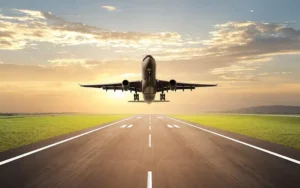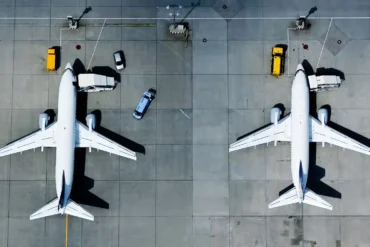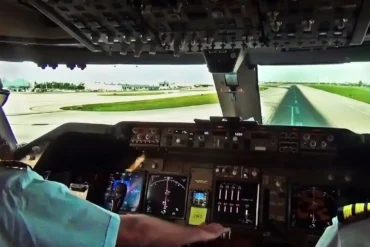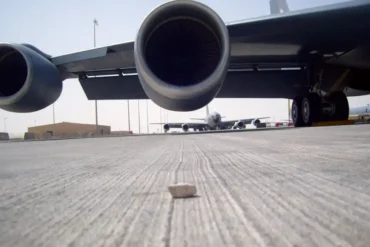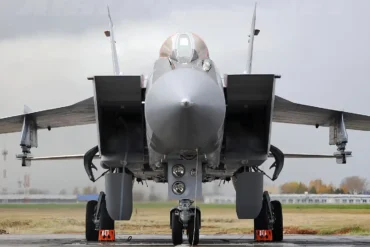Have you ever been sitting on a plane, waiting to take off, and thought, “What if an engine fails during takeoff?” It’s a scary thought that crosses many passengers’ minds. But don’t worry! There’s something called V1, also known as the “point of no return,” which means that even if an engine fails, the plane can still safely take off.
The Point of No Return and Why It’s Important
Thinking about an engine failing during takeoff can be nerve-wracking, especially once the plane is committed to flying. But don’t stress! Pilots, engineers, and manufacturers have thought about these situations and done lots of calculations to make sure everyone stays safe.
There could be other reasons why a pilot might need to abort a takeoff before reaching V1, like a fire, bad weather, or a technical issue. But once they pass V1, it’s game on! The plane is committed to taking off no matter what.
V1 is a specific speed that’s calculated for each flight, based on things like the plane’s weight, runway length, weather conditions, and more. For example, a smaller plane like an Airbus A320 or Boeing 737 might have a V1 speed between 120-140 knots, while bigger planes like the A380 or 747 could be 140-150 knots.
Lifting Off and the Importance of V2
Once the plane hits V1, the pilot takes their hand off the throttle, and their focus shifts to getting that baby off the ground smoothly. They’ll pull back on the controls to lift the nose, and the front wheels will leave the runway. This is called rotation, and it happens around a speed called Vr.
But there’s another important speed called V2, which is a little higher than V1. V2 is the safety speed that ensures the plane can keep climbing and handle any emergencies, even if an engine fails after V1. The calculation for V2 considers wind, weight, and other factors to make sure the plane can clear any obstacles by the end of the runway, even with just one engine.
Staying Calm and Safe
Since V1 and V2 are calculated so precisely for each flight, they’re incredibly accurate. They account for worst-case scenarios like engine failures, giving pilots a cushion before and after takeoff.
If something does go wrong after V2, pilots have procedures to safely return to the airport. It’s not as simple as turning around, but they can dump fuel to reduce weight for landing and get priority clearance to land quickly.
The key thing to remember is that all these speeds and procedures are in place to keep everyone safe. Pilots, manufacturers, and regulators have thought through every possible scenario and have plans to handle any issues that might come up. So sit back, relax, and enjoy your flight!
